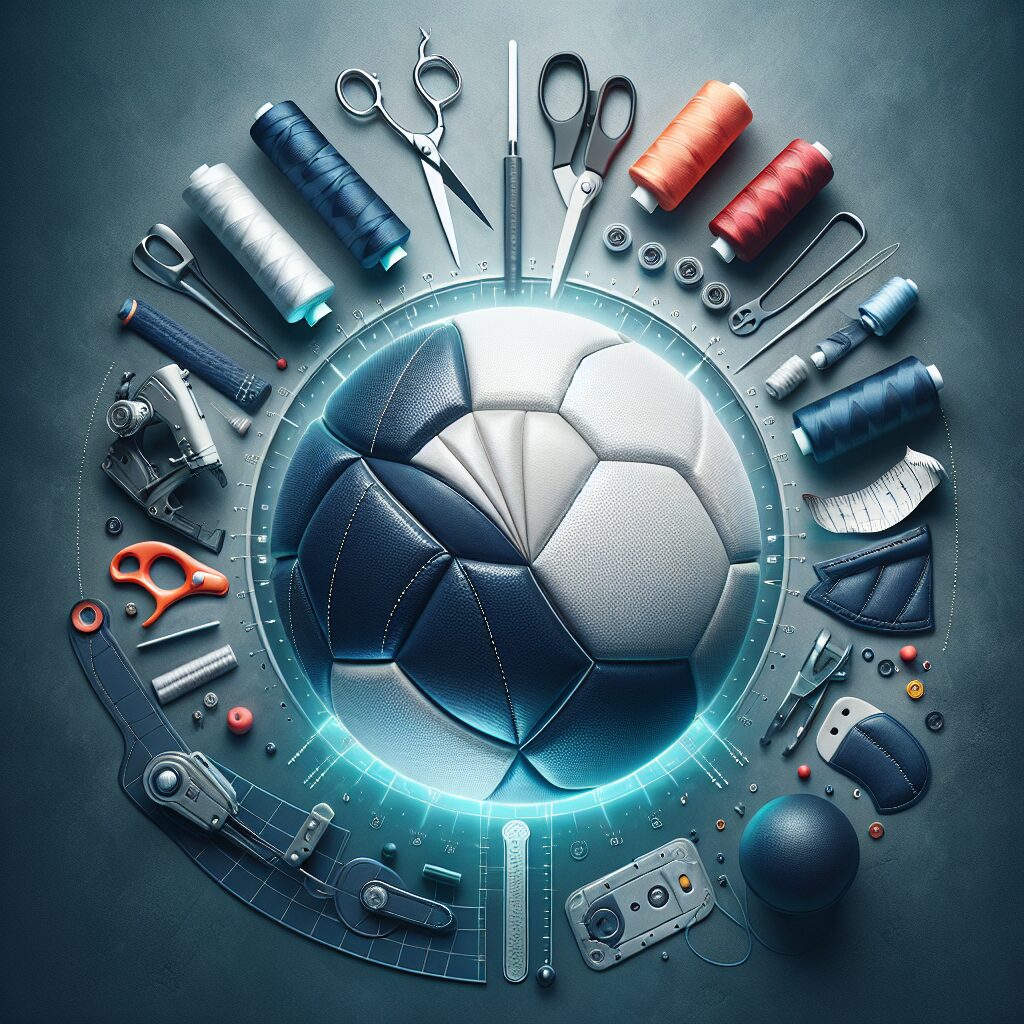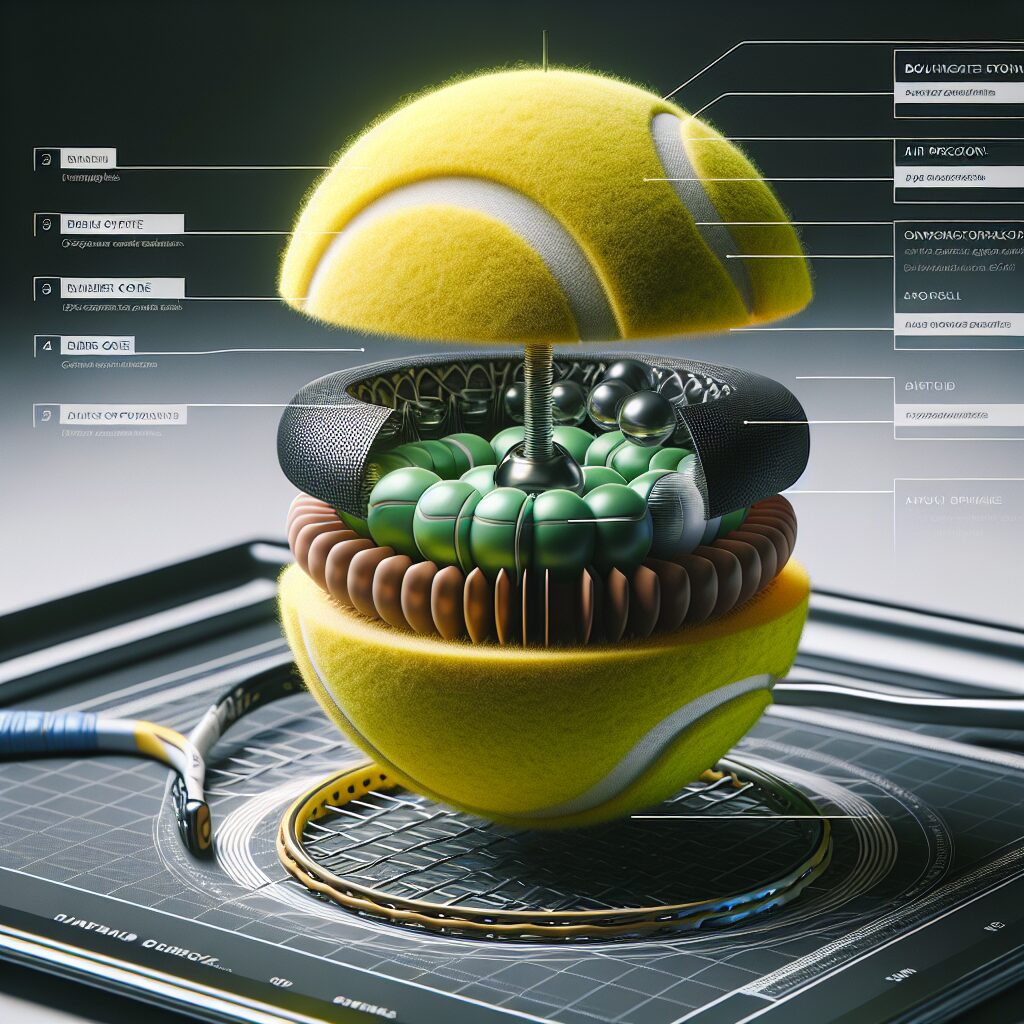Water polo is a thrilling sport that requires precision and skill in a unique aquatic setting. At the heart of this exhilarating game is the water polo ball. This essential piece of equipment undergoes a delicate balancing act between buoyancy and durability. To fully appreciate the dynamics behind water polo ball materials, it is important to understand the impact of buoyancy and durability on gameplay.
Buoyancy plays a pivotal role in water polo, as it determines the ball’s floatability and ability to be manipulated in the water. A water polo ball with optimal buoyancy will be easier to grip, pass, and shoot. On the other hand, durability is crucial for withstanding the intense physical demands of the sport. The ball needs to be able to endure powerful throws, aggressive tactics, and vigorous contact without losing its shape or integrity. Balancing these two factors creates a ball that allows players to execute precise movements while remaining durable throughout the game.
In the following sections, we will delve into the key takeaways concerning water polo ball materials. We will explore the different types of materials commonly used, their pros and cons, and how they impact gameplay. By understanding the intricacies of water polo ball materials, players and enthusiasts alike will gain valuable insights into this vital component of the sport. So let’s dive deeper into the world of water polo ball materials and discover the secrets behind creating the perfect balance between buoyancy and durability.
Key Takeaways
1. Balancing buoyancy and durability is crucial in the design of water polo balls, as they need to remain afloat while also withstanding intense physical contact.
2. The materials used in water polo balls have evolved over time, with early versions made of leather and rubber, and modern balls constructed from high-quality synthetic materials such as polyurethane or polyvinyl chloride (PVC) coatings.
3. The buoyancy of water polo balls is influenced by several factors, including the material density and the use of internal nylon windings or bladders to control the air volume.
4. Durability is optimized through the use of reinforced coverings and layers, which help to increase resistance to punctures and abrasions commonly caused by players’ fingernails and other sharp objects.
5. Finding the right balance between buoyancy and durability requires extensive testing and continuous improvement, as manufacturers aim to create water polo balls that ensure fair play and enhance the overall game experience.
What Are the Best Water Polo Ball Materials for Balancing Buoyancy and Durability?
The Importance of Material in Water Polo Balls
When it comes to water polo, the type of material used to construct the ball plays a crucial role in its performance. Balancing buoyancy and durability is essential to ensure a fair and competitive game. Different materials offer varying levels of buoyancy and durability, impacting the overall gameplay and player experience. In this article, we will explore the different materials commonly used in water polo balls and their respective benefits and drawbacks.
1. Rubber
Rubber is one of the most common materials used in water polo balls due to its affordability and durability. Rubber balls are known for their excellent grip both in and out of the water, allowing players to have better control during the game. However, rubber balls tend to have lower buoyancy compared to other materials, which may affect the ball’s speed and maneuverability.
2. Nylon-Wound with Rubber Cover
Another popular material choice for water polo balls is a nylon-wound ball with a rubber cover. These balls offer a good balance between buoyancy and durability. The nylon-wound construction provides optimal stability and shape retention, while the rubber cover enhances grip and adds an extra layer of durability. Nylon-wound rubber balls are widely used in professional water polo tournaments due to their consistent performance and longevity.
3. Composite Materials
Composite materials, such as polyurethane and synthetic leather, are gaining popularity in the water polo ball industry. These materials offer improved buoyancy and durability compared to traditional rubber balls. Polyurethane, known for its resilience and water resistance, ensures a reliable and consistent performance. Synthetic leather, on the other hand, provides a softer touch and enhanced grip, making it suitable for players seeking better control in their shots and passes.
4. Silicone
Silicone water polo balls are relatively new in the market but have quickly gained attention due to their unique properties. Silicone offers superior buoyancy, making the ball highly responsive and agile in the water. Additionally, silicone balls have impressive durability, withstanding the harsh conditions of intense water polo matches. The soft and grippy texture of silicone enables players to maintain excellent control over the ball, enhancing their handling skills.
5. Choosing the Right Material for Your Needs
When selecting a water polo ball, consider your playing style, skill level, and personal preferences. If you prioritize a better grip and durability, rubber balls or nylon-wound rubber balls could be suitable options. If you seek improved buoyancy and performance, consider composite materials like polyurethane or synthetic leather. For those looking for maximum responsiveness and control, silicone balls are an excellent choice.
- Test different materials to determine which one feels the most comfortable for your grip and handling abilities.
- Take into account the water conditions in which you usually play. Some materials may perform better in saltwater versus freshwater environments.
- Consider the level of competition you are involved in. Professional players may want to invest in higher-quality materials to optimize their performance.
- Regularly inspect the ball for any signs of wear and tear. Replace the ball if it becomes damaged or loses its original properties.
- Clean the ball after each use with mild soap and water to maintain its integrity and extend its lifespan.
Frequently Asked Questions
1. What are the key considerations when it comes to water polo ball materials?
When choosing water polo ball materials, it is essential to consider both buoyancy and durability. The material should be buoyant enough to ensure proper game play while maintaining its shape and endurance throughout matches.
2. What are the common materials used for water polo balls?
The most common materials used for water polo balls are rubber and synthetic compounds. Rubber balls offer a good balance between buoyancy and durability, while synthetic compounds provide enhanced durability and resistance to wear and tear.
3. How does the buoyancy of a water polo ball affect the game?
Buoyancy significantly impacts the gameplay in water polo. An appropriately buoyant ball allows players to have better control and accuracy during passes and shots. It also creates more realistic water dynamics, enhancing the overall experience.
4. Are there materials that provide both excellent buoyancy and durability?
Yes, there are materials available that strike a balance between buoyancy and durability. Some manufacturers use advanced synthetic compounds that offer high buoyancy while maintaining exceptional durability, ensuring the longevity of the ball without compromising performance.
5. What happens if a water polo ball loses its buoyancy?
If a water polo ball loses its buoyancy, it can affect the gameplay and fairness of the sport. A heavier ball may not travel as far or bounce as expected, leading to inconsistencies in performance. It is important to regularly check and replace balls that have lost their buoyancy.
6. How can I maintain the buoyancy and durability of my water polo ball?
To maintain the buoyancy and durability of your water polo ball, it is crucial to store it properly when not in use. Keep it away from direct sunlight, extreme temperatures, and chemicals. Regularly rinse it with clean water and avoid excessive rough play or sharp objects that could damage the ball.
7. Can water polo balls made of natural materials be a good choice?
Water polo balls made of natural materials, such as leather, were more common in the past. However, these balls tend to absorb water and lose buoyancy quickly. Synthetic materials have now become the norm due to their superior performance and longevity.
8. Are there specific regulations regarding water polo ball materials?
Yes, there are regulations set by governing bodies like FINA (Fédération Internationale de Natation) that specify the requirements for water polo balls. These regulations ensure fair competition and standardized gameplay. The material used must meet the defined specifications for buoyancy and durability.
9. Can the choice of water polo ball material impact player safety?
Yes, the choice of water polo ball material can impact player safety. Balls that are too hard or not properly designed can cause injuries upon impact. It is crucial to choose a material that provides sufficient cushioning and impact absorption to minimize the risk of injuries during the game.
10. Can I use any water-resistant ball for water polo?
No, it is not recommended to use any random water-resistant ball for water polo. Water polo balls are specifically designed to meet the unique requirements of the sport, such as size, grip, and buoyancy. Using inappropriate balls can affect gameplay, fairness, and overall experience.
Final Thoughts on Water Polo Ball Materials: Balancing Buoyancy and Durability
When it comes to water polo, the choice of ball material plays a vital role in ensuring an optimal gaming experience. Balancing buoyancy and durability is key to selecting the right water polo ball. Manufacturers continuously strive to develop materials that provide excellent buoyancy while withstanding the demands of the game.
Whether you prefer rubber or advanced synthetic compounds, it is important to choose a water polo ball that meets the regulations and offers superior performance. By using proper maintenance and storage techniques, you can prolong the lifespan of your ball while enjoying the game to its fullest.




